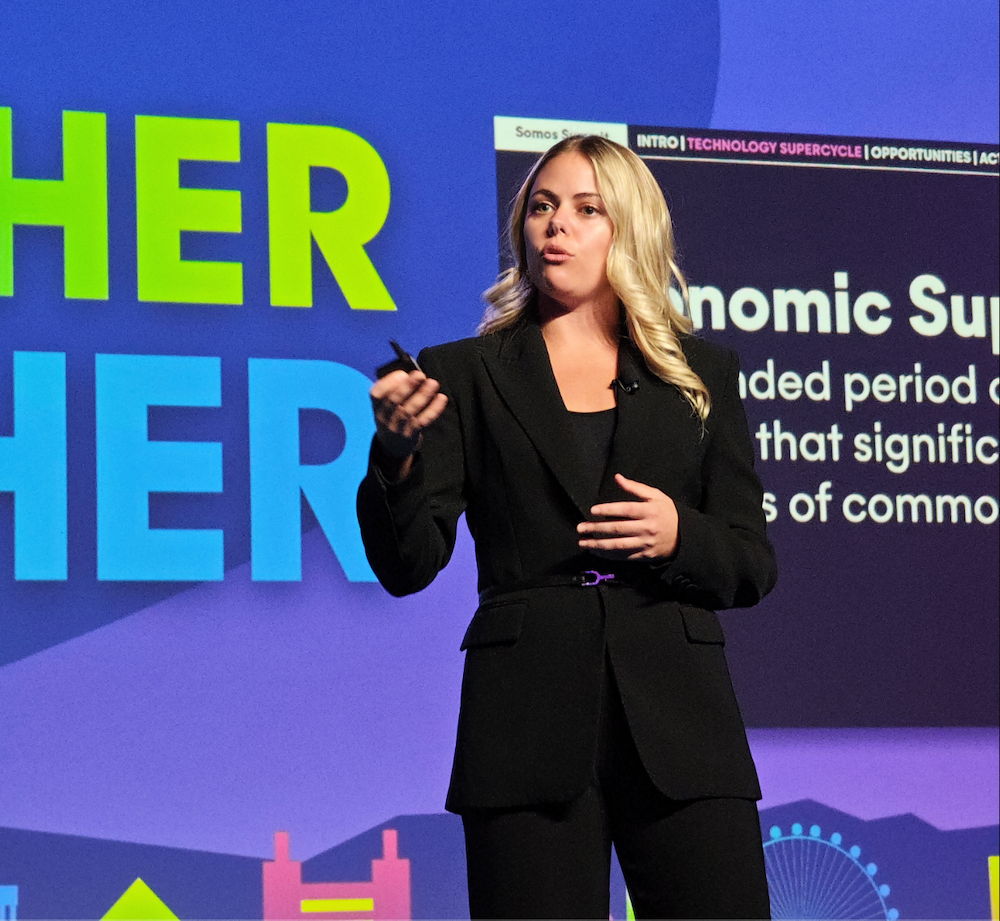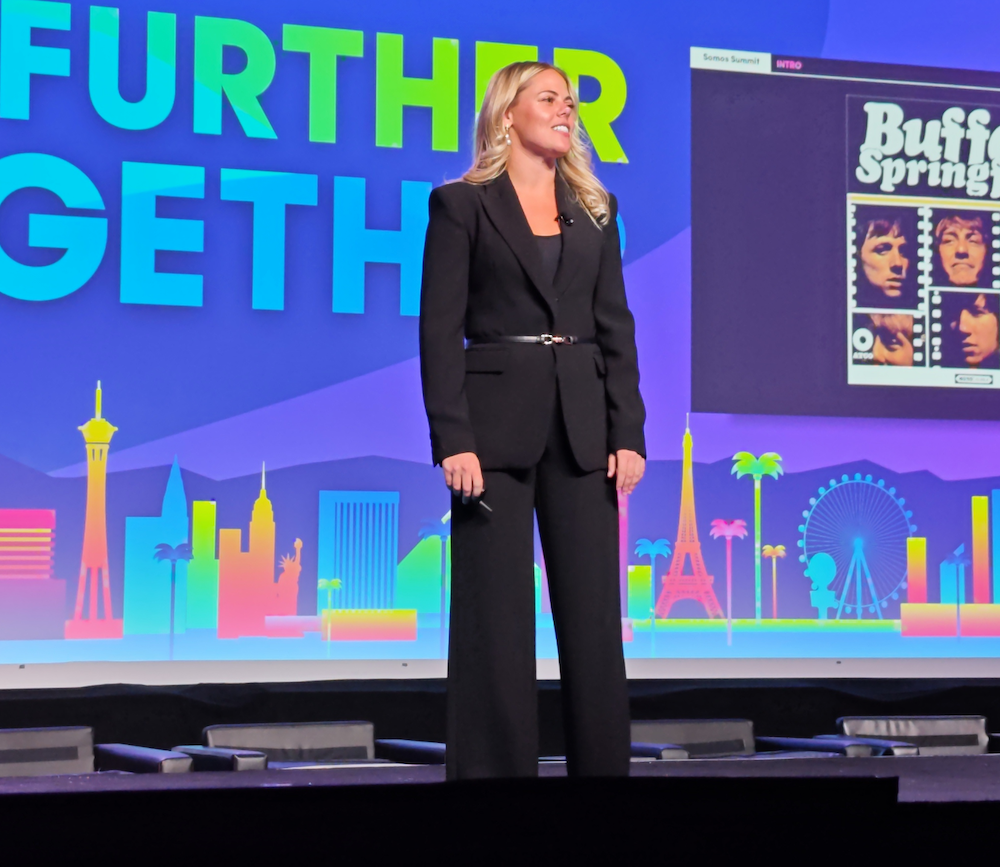-
Fraud Mitigation & Data Integrity
Essential tools for trust, integrity, fraud prevention & regulatory compliance.
- Driving Confidence in Telecom Through the Trust Framework
- RealNumber DNO – Prevent Fraud on Voice & Text
- RealAgent – Avoid Potential TCPA Violations
- RealBrand – Reinforce a Phone Number’s Identity & Reputation
- Global Number Range – Gain Authoritative Number Intelligence
- Live Status – Query Real-Time Mobile Number Intelligence
- Number Portability Query – Access Accurate Local & Global Number Portability Details
-
Routing Optimization
Gain access to authoritative routing data to create the ultimate routing intelligence for your traffic.
-
Number Administration
Empowering connectivity as the FCC appointed administrators for critical numbering registries.
-
Connected Device Intelligence
Gain total transparency to your IoT assets’ current state and vulnerabilities.
Insights
Embracing the Future, Shaping Tomorrow: Sam Jordan’s Insights for a Tech Revolution
 The 2024 Somos Summit in Las Vegas gathered top industry experts, pioneers and innovators to discuss the future of telecom, fraud prevention and secure communication. This year's event featured thought-provoking sessions and dynamic discussions, exploring cutting-edge technologies and strategies influencing the telecom industry.
The 2024 Somos Summit in Las Vegas gathered top industry experts, pioneers and innovators to discuss the future of telecom, fraud prevention and secure communication. This year's event featured thought-provoking sessions and dynamic discussions, exploring cutting-edge technologies and strategies influencing the telecom industry.
Perhaps the best way to close the door on the 2024 Somos Summit celebrating the past 10 years was to look ahead toward the future. That’s why, fittingly, the closing keynote of the event was delivered by Sam Jordan, the head of computing at the Future Today Institute. Sam took the audience on a deep dive into the rapidly changing technological landscape and the concept of a "technology super cycle." This presentation was centered on the convergence of emerging technologies—specifically AI, smart sensors and biotechnology—and how these forces are reshaping the world at an accelerated pace, creating both challenges and opportunities for businesses.
Sam began by drawing a parallel between the social unease of the 1960s, symbolized by the protest song For What It’s Worth by Buffalo Springfield, and the sense of uncertainty in today's world. She highlighted that just as the future in 1966 was difficult to predict amidst various global forces, today’s technological advancements also create a sense of anticipation and uncertainty. However, she emphasized that her role is not to predict the future but to model different plausible scenarios using a strategic foresight approach. This enables organizations to prepare for a range of potential futures rather than relying on a precise forecast.
The keynote then delved into the idea of a technology super cycle—a period of rapid technological advancement that is fundamentally different from past cycles like the Industrial Revolution or the Internet era. Unlike earlier cycles, which spanned decades, this one is moving much faster due to the interrelated nature of AI, sensors and biotech. For example, while it took decades for steam engines to achieve widespread adoption, AI might reach a similar impact within just seven years. The rapid evolution is due to the feedback loop between these three technologies: each one’s advancement accelerates the others, leading to exponential growth.
 Sam explored each of the feedback loops in detail, starting with the synergy between AI and smart sensors. She described how AI enhances the ability of sensors to collect and interpret complex data, which in turn refines AI models. This dynamic allows for improved data collection in diverse fields, from medical devices to retail environments. She also touched on the potential rise of "living wearables"—biologically integrated devices that could transform how we monitor and secure data.
Sam explored each of the feedback loops in detail, starting with the synergy between AI and smart sensors. She described how AI enhances the ability of sensors to collect and interpret complex data, which in turn refines AI models. This dynamic allows for improved data collection in diverse fields, from medical devices to retail environments. She also touched on the potential rise of "living wearables"—biologically integrated devices that could transform how we monitor and secure data.
Next, she discussed the interplay between AI and biotech, highlighting advancements like neuromorphic intelligence and organoid intelligence (OI). These emerging technologies take inspiration from the human brain, aiming to create more energy-efficient computing models. She explained how OI, which uses human brain cells for computation, could revolutionize how AI functions by overcoming current energy constraints, potentially enabling richer and more immersive digital interactions.
The final feedback loop covered the intersection of smart sensors and biotech, focusing on the potential for new forms of biometric authentication, such as using brainwave responses to secure access. This raised intriguing questions about the future of privacy and security, particularly as technologies like AI-driven brain imaging become more sophisticated. Sam underscored the importance of considering the ethical implications of these advancements, especially when applied in sensitive contexts like criminal justice or surveillance.
The keynote’s final section introduced the concept of "personal large action models" (P-LAMs)—AI systems personalized with an individual’s data that can autonomously make decisions and perform tasks. Sam suggested that P-LAMs could transform how people interact with technology, offering new conveniences but also posing significant security risks, such as data exposure and manipulation. She encouraged the audience to think proactively about how they can shape these developments, emphasizing the importance of preparing for emerging threats and leveraging their expertise to create secure ecosystems for the future.
Sam concluded with a call to action for the attendees, urging them to identify the problems they are best positioned to solve and to envision a future they want to create. Echoing the sentiments from the opening of her talk, she reminded the audience that while predicting the future with precision may be impossible, understanding what is possible and plausible allows us to shape a desirable tomorrow. Her closing message was clear: amidst the uncertainty of the technological landscape, there lies immense potential for those willing to engage with the forces of change. The keynote ended on a note of optimism, inspiring attendees to take the insights from the session back to their teams and explore how they could lead in a world defined by rapid technological transformation.
To learn more about the 2024 Somos Summit and to gain access to on-demand recordings, visit www.somos.com/summit
Stay Connected
Stay in touch! Sign up for our monthly newsletter.
Need to reach us sooner? Call, text, or email us at:
844.HEY.SOMOS help@somos.com